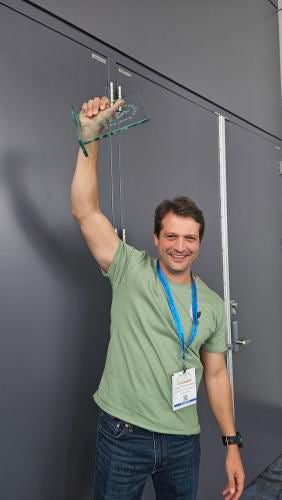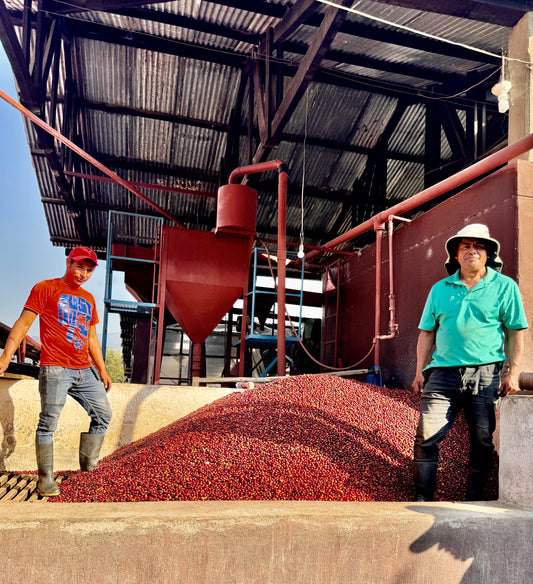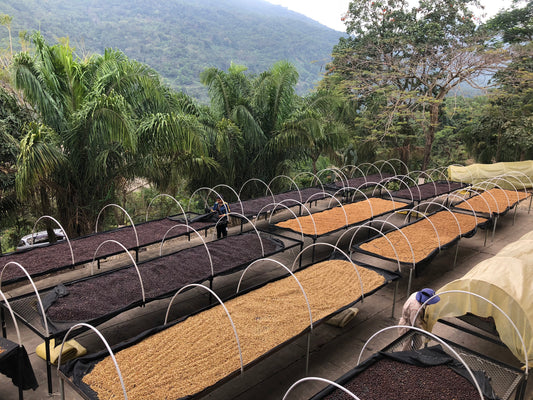Navigating the Future of Coffee Drying Techniques Amidst Climate Change
Explore the impact of climate change on coffee drying techniques, including the benefits of Raised African beds vs. patio drying, and how innovation is shaping the future of coffee production...
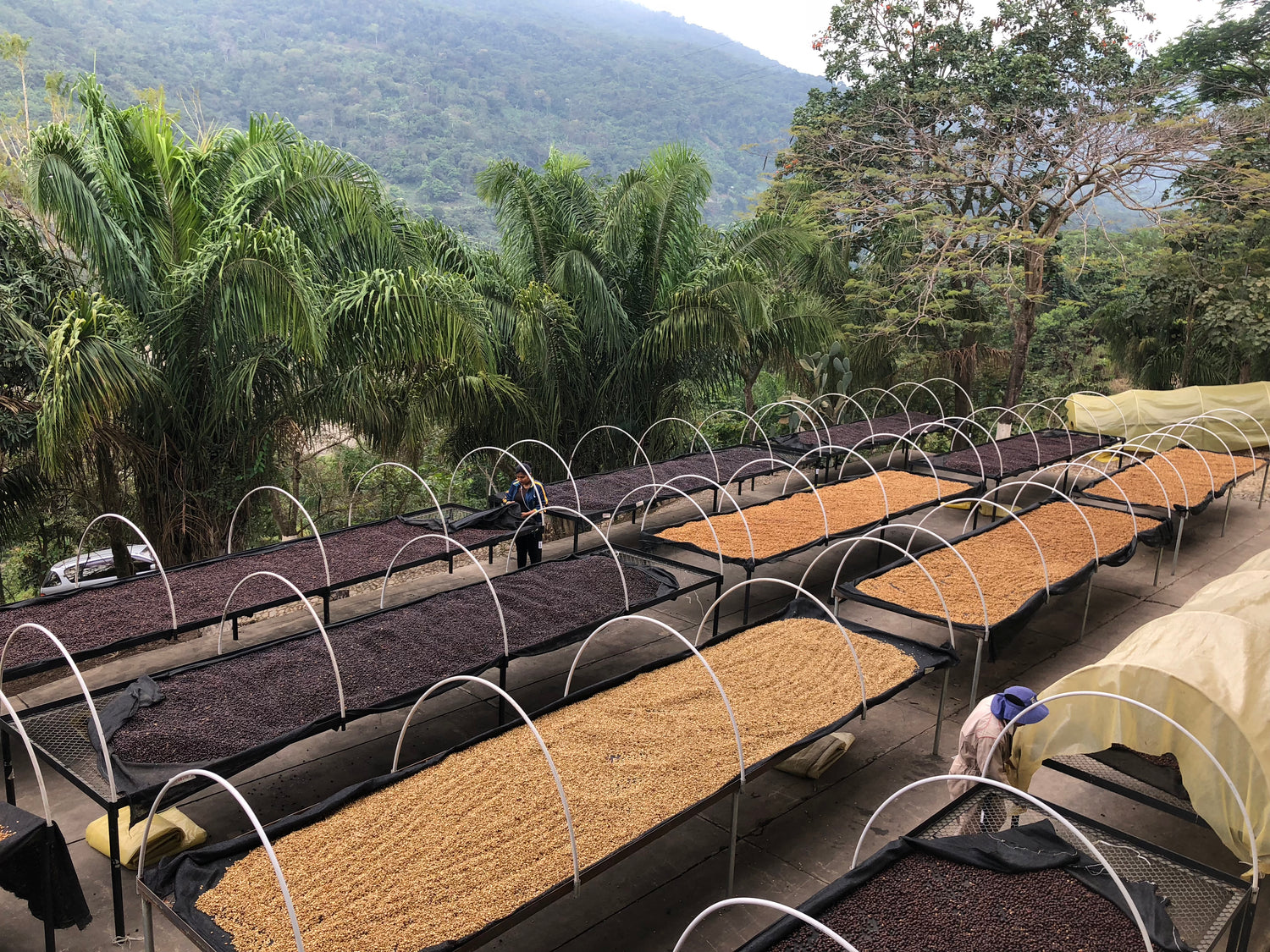
In the ever-evolving world of coffee production, the coffee drying techniques play a pivotal role in defining the quality and flavor profile of the final cup. As global temperatures rise, producers face new challenges, necessitating innovative approaches to traditional drying methods. This post delves into the intricacies of Raised African drying beds, mechanical dryers and patio drying. Read about the impact of climate change on drying speeds, and the forward-thinking solutions being adopted by the industry.
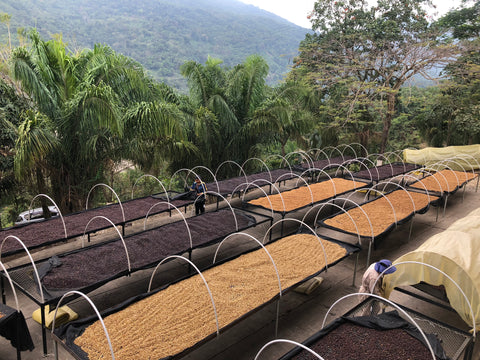
The Pivotal Role of Drying Speeds
Our encounter with a micro-lot from Acevedo, Huila, Colombia, serves as a stark reminder of drying's impact. Despite scoring extremely high at origin, rapid drying resulted in a product far removed from its initial promise, leading to a loss of resources and potential. This experience prompted a deeper investigation into traditional drying practices, such as the use of parabolic drying beds in Colombia, and their adaptation to modern challenges.
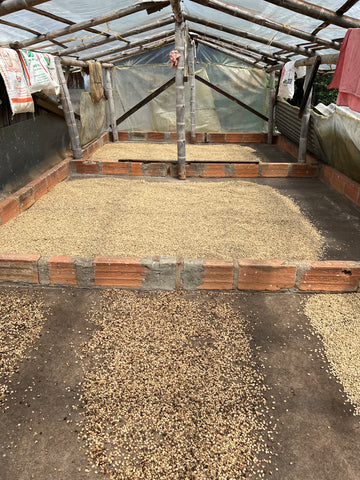
Traditional vs. Modern Drying Techniques: A Comparative Overview
The method of drying coffee beans significantly influences their quality. Traditional patio drying involves spreading coffee cherries on large surfaces under the sun, favoring scalability and cost-effectiveness but susceptible to uneven drying and contamination. In contrast, Raised African drying beds elevate the beans, promoting uniform air circulation and minimizing spoilage risks, thus preserving the beans' intrinsic flavors more effectively, albeit with greater labor and infrastructure investment.
Enhancing Coffee Quality Through Slow Drying Methods
Emerging research underscores the benefits of slow drying techniques. These methods, allowing for a more gradual reduction in moisture content, significantly improve the coffee bean quality by enhancing acidity and preserving flavor profiles. Incorporating rest periods during drying allows beans to "breathe," strengthening their cellular structure and enhancing their resilience to the roasting process.
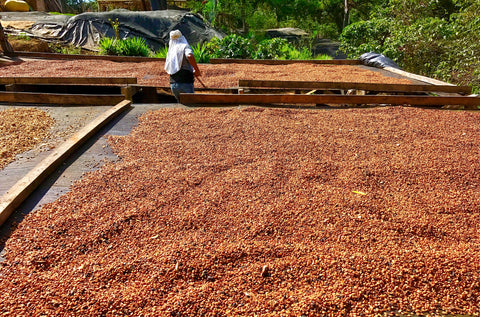
The Pressing Challenge of Climate Change
Climate change expedites the drying process, leading to uneven drying and a potential loss of nuanced flavors. This accelerated drying not only compromises quality but also forces producers to reconsider their drying techniques. Innovations, including shade barriers, raised beds with shade covers, and cooling techniques, are being explored to adapt to these shifts, though not without challenges related to cost and sustainability.
Adapting to Environmental Changes: Innovative Solutions
Producers are adopting innovative solutions to ensure consistent quality:
- Shade Barriers and Covers: Control temperature and protect beans from direct sunlight.
- Raised Beds with Shade Covers: Offer flexibility to modulate exposure based on the weather.
- Cooling Techniques and Hybrid Systems: Provide a stable drying environment, accommodating climate unpredictability.
These efforts highlight the industry's commitment to research, knowledge sharing, and sustainable practices, paving the way for a future where quality coffee production remains viable.
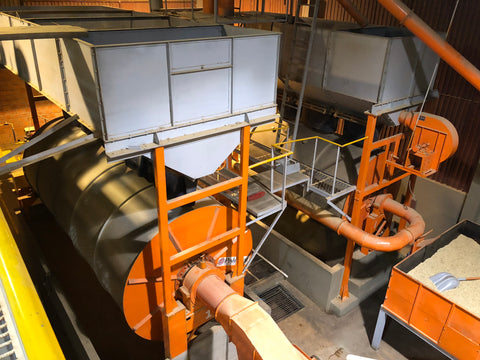
Technological Innovations in Drying
Advancements in drying technology, such as automated systems equipped with sensors and climate control technologies, offer new possibilities for implementing slow drying methods more effectively. These systems ensure optimal conditions for slow drying, facilitating the incorporation of rest periods for a consistent drying process.
The Future of Coffee Drying
As the industry continues to embrace technological advances and recent studies, the future of coffee drying looks promising. The focus on slow drying and the incorporation of rest periods represent a shift towards more nuanced and quality-focused processing methods. By investing in research and fostering collaboration, producers can ensure their beans meet the highest standards of quality, sustainability, and flavor.
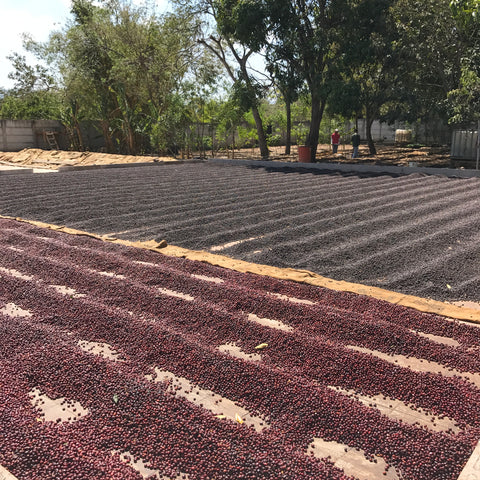
The evolution of coffee drying techniques reflects the broader narrative of innovation within the industry. As we learn and adapt, the shared goal remains clear: to produce the best possible coffee, sustainably and responsibly, regardless of the environmental challenges ahead.

